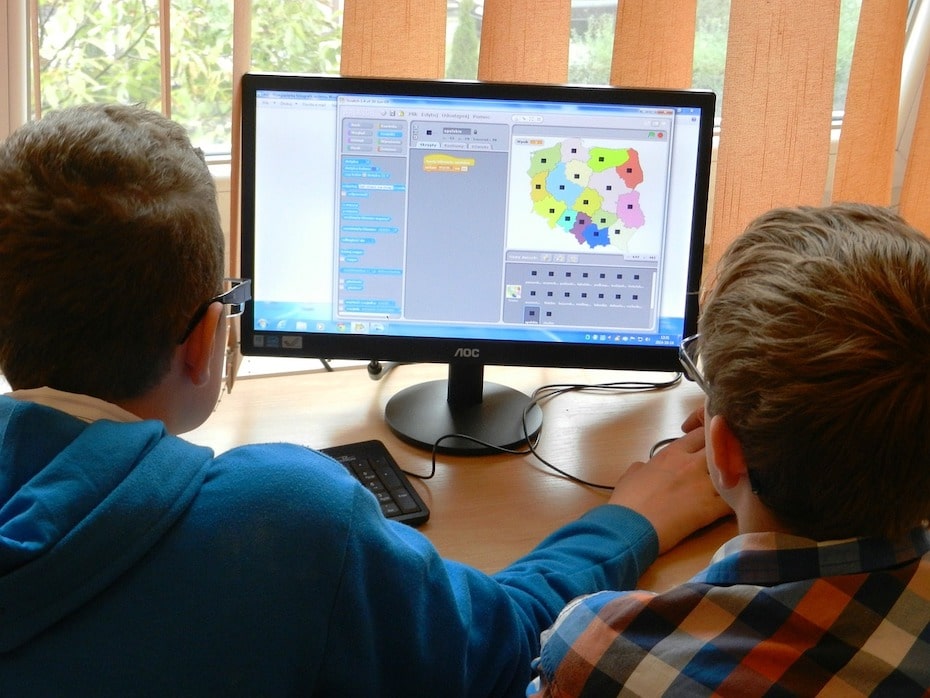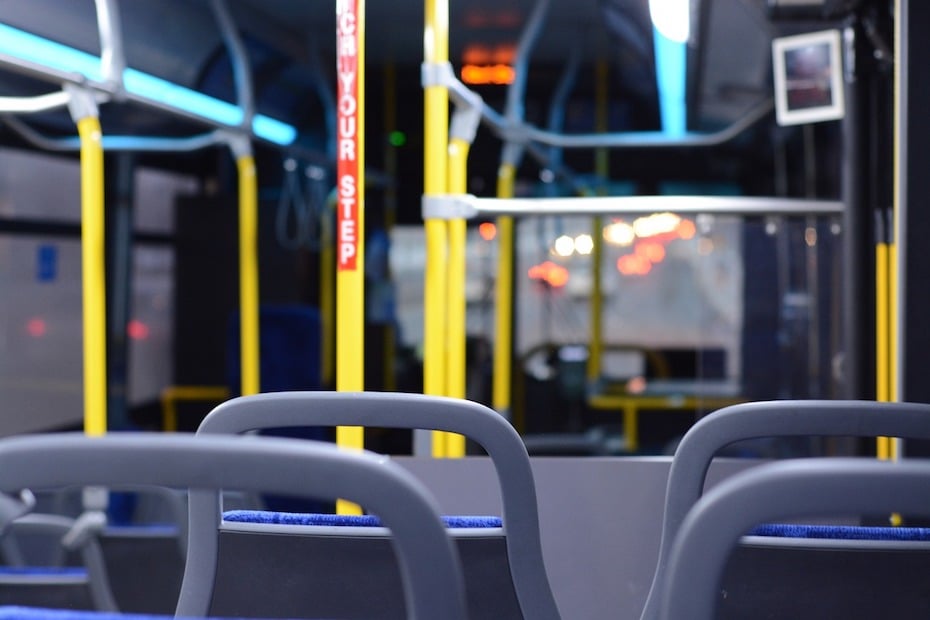Highlights:
- In November 2021, the Infrastructure Investment and Jobs Act was signed into law.
- The bill will impact education in several significant ways, including provisions for expanded internet access and more.
- Upgrading your digital communications platform can help your school make the most of the funding available with the new legislation.
👩🏫 💻 📚 Which pandemic-induced educational trends will persist throughout 2022? Grab our guide to get the full story.
In November 2021, Congress passed the Bipartisan Infrastructure Deal, known as the Infrastructure Investment and Jobs Act. Although much of the bill focuses on physical infrastructure improvements to airports, ports, railways, and roads, the educational sector will experience a significant impact from the bill as well.
How the Infrastructure Deal will impact education
Technological upgrades, especially related to internet access, are one critical piece of the bill that is expected to impact the education sector. Improvements to public transportation and cybersecurity will also have positive impacts. The following is an overview of some of the provisions of the legislation, along with the key ways that it will impact education.
Reliable internet service
The infrastructure bill includes $65 billion for broadband infrastructure development. The purpose of this money is to ensure more wide-reaching access to reliable broadband Internet service. People in some areas currently deal with spotty service, slow speeds, and regular disconnections.
Computers and tablets have become integral in daily learning across schools in the United States. In addition to web and app resources, some teachers offer instruction using virtual reality, artificial intelligence, and more advanced tech tools. All of these technologies depend on fast, stable internet.
The importance of the internet in education escalated quickly during the pandemic as many students took classes virtually. In addition to ensuring K-12 kids have reliable access at home and school, a broadband upgrade helps optimize online class experiences for thousands of college students each semester.
The internet upgrade is also supposed to improve digital equity by providing $14 billion in broadband assistance to low-income households. Even when some type of internet service is available, it is often minority students and those in poverty who struggle with less stable connections. Unstable internet leads to disruptions in virtual classes and meetings and impedes the ability to use streaming and many online tools.
Reduction of the “homework gap”
The “homework gap” is the label assigned to discrepancies in homework completion by students lacking reliable internet. In particular, it points to the disadvantages faced by students in low-income areas.
Instructors in K-12 and higher education now deliver assignment instructions online as the norm and expect online submissions from students. In addition to missing out on learning opportunities, students unable to complete work due to internet constraints risk falling behind. High school and college students may fail courses or drop them if they cannot complete work.
Teachers also leverage digital platforms to provide students access to extra activities. These opportunities are supposed to allow more advanced students additional learning options. With more equitable digital access, lower-income students have a better chance to benefit when they have the ability to work ahead.
According to Common Sense Media, Boston Consulting Group, and Southern Education Foundation, up to 12 million K-12 students were digitally underserved heading into 2021. The same report also found that measures to expand distance-learning opportunities during COVID, such as better access to broadband internet and e-learning devices, were effective. There was a 20 to 40 percent reduction in students without broadband access and a 40 to 60 percent reduction in students without access to important e-learning devices.
These initiatives were temporary, however. The new bill provides the foundation to make these benefits more permanent.

Better public transportation
Public transportation is vital to students in metropolitan areas and cities where they may have difficulty getting to and from school without it. Adequate transportation helps level the playing field by enabling greater access to lower-income students as well.
The bill includes $39 billion for transportation upgrades, which will enable the development of new public transit systems and stations. It will also allow for modern upgrades to existing systems. In its distribution of key details about the bill, the White House indicated that there are currently 24,000 buses, 5,000 railcards, and 200 stations in need of repairs in the United States.
In addition to necessary repairs to buses and other transit vehicles, the legislation allows for more investment in zero-emission vehicles. Funds will also go toward upgrades to accessibility features, which will benefit students with disabilities.

Educational resiliency
As a result of COVID, schools in harsh winter climates found out that snow, sleet, and snow don’t adversely impact virtual learning. With more widespread and reliable broadband, schools can develop more permanent strategies to continue learning online when the weather gets in the way. People living in rural areas where weather issues are common are disadvantaged, at times, by the inability to get to school even when it is open.
Some of the money in the Infrastructure Bill will go toward security upgrades. An unfortunate reality of a more digitally-connected world is that hackers have more potential gateways through which to cause disruptions. As education becomes more digital, it is imperative that cybersecurity advances to ensure students and workers are protected from security breaches and scams.
With more confidence in cybersecurity, schools and teachers will expand the use of cloud-based communication solutions, artificial intelligence, and other impactful tech tools. These tools expose students to technologies already in use in the business world, while also giving them more diverse learning experiences.

UP NEXT: 9 predictions for the education sector in 2022
Upgrade your communications platform with RingCentral
The Infrastructure Bill is a milestone for education technology. It is a rare opportunity for schools and stakeholders to benefit from an unexpected, massive investment in digital tech that is central to modern educational systems. It will level the playing field by ensuring educational access to students of all backgrounds and income levels in many cities.
Upgrading your communication systems is a great way to leverage a powerful digital infrastructure. With RingCentral for Education, educators gain the ability to interact with colleagues and students across all key channels, including telephony, hybrid learning environments, video conferencing, and text messaging. RingCentral integrates with existing learning management solutions and other collaboration tools to connect campus communities securely. These benefits and many others are available to your school with RingCentral. Request a demo to see it in action today.
Originally published Mar 29, 2022
